By James D. Heckman
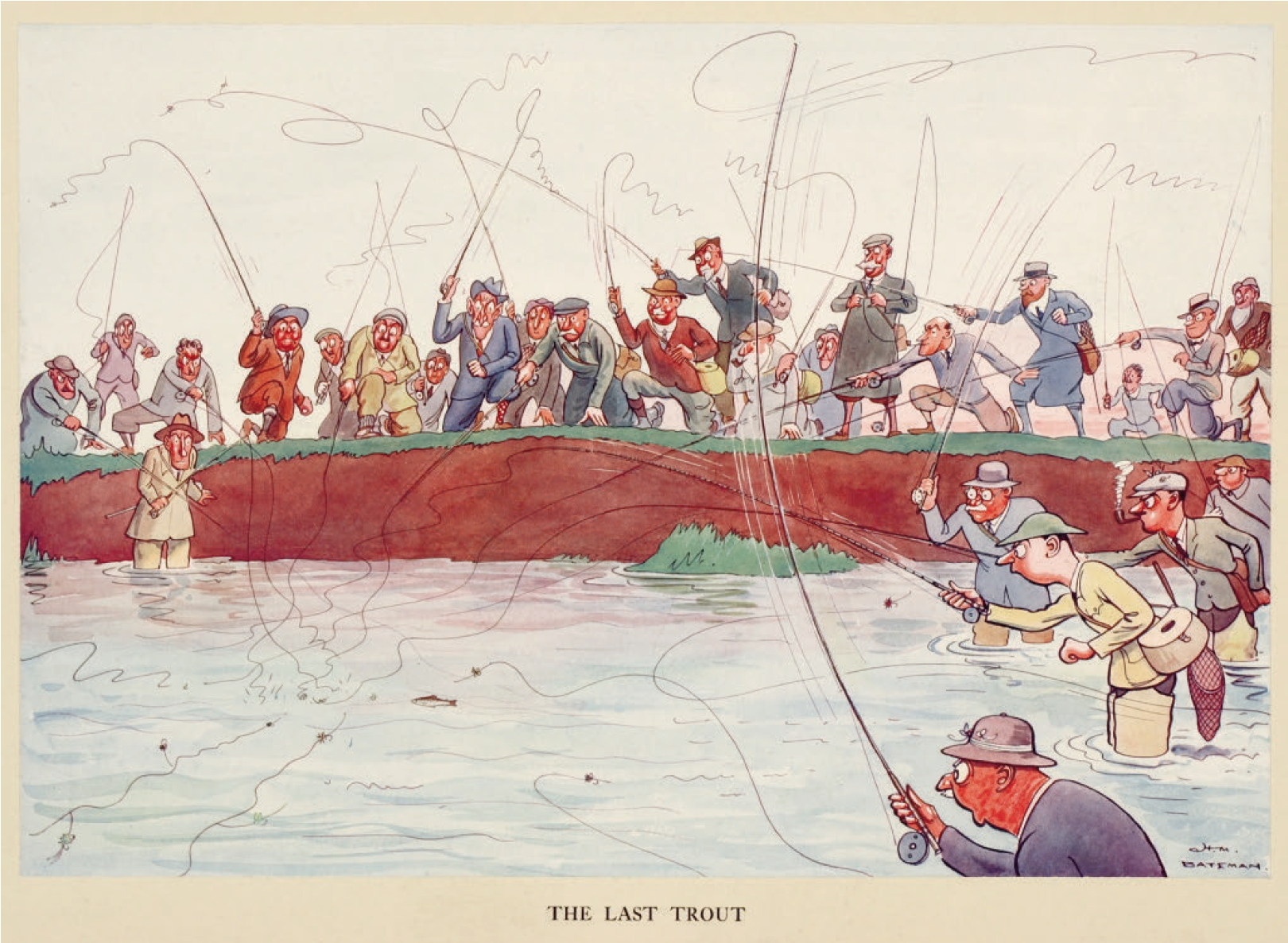
In the early decades of the twentieth century, news publications and magazines were the primary means of disseminating information to the public. They served to keep everyone (who could read) abreast of the latest developments in government, politics, finance, and even entertainment and sports. Their editorial content informed the public and often promoted the political interests of the publication’s ownership. Many cities had several daily newspapers and weekly magazines that varied in quality, content, and political perspective. London was such a city, and one of its most influential and enduring humor magazines was Punch, or the London Charivari, published weekly from 1841 through 1992. In the early years, its cartoons and editorials championed many causes in support of the poor and lower working classes, but after the turn of the century, it focused more on issues of interest to the growing middle class who made up its primary readership. To that end, it often teased or even ridiculed the upper classes, promoted middle-class values, and, on occasion, even chided the monarchy. One of the leading Punch cartoonists was H. M. Bateman (1887–1970) who, almost every week, published cartoons depicting many aspects of London life.1
Henry Mayo Bateman was born in Australia (where his father was a cattleman) on 15 February 18872. Apparently his mother’s fear of the harsh Australian outback led the family to move to London only eighteen months later, and it was there that Henry grew up and was educated while he avidly read weekly comic magazines such as Funny Folks, Comic Cuts, and Punch. In his biography of Bateman, Anthony Anderson notes, “From an early age, he was always drawing, and producing, perhaps as many children do but with greater consistency, funny drawings that told stories.”3 In his autobiography, Bateman described himself as having “been scribbling from the time I was first able to hold a pencil,”4 and he noted that “drawing was beginning to run strongly through every phase of my young life. At every available moment I was drawing something and every fresh experience served as a subject for a sketch.”5 Having made a clear commitment to this field—and with strong encouragement from Phil May, who has been described by Anderson as the greatest living English cartoonist and to whom Bateman’s mother had sent a selection of his early works to critique6—he enrolled in art school at the age of sixteen. At school, he worked diligently to hone his artistic skills, and he became an accomplished artist, but his passion remained the drawing of humorous scenes of everyday life, which filled his personal sketchbook. In 1904, his first cartoon work appeared in the Tatler, which published him frequently for many years (Figure 1).7
Bateman enjoyed sport of many kinds. In his youth, he was an avid boxer, often challenging friends and even recent acquaintances to a friendly sparring match. He loved to play golf, and he took up fishing as a young man. He pursued both of these sports throughout his life, and both served as the basis for many cartoons. Although not a particularly distinguished fisherman, he clearly enjoyed his time on the water, and it stimulated his creativity. With regard to fishing, he noted, “Whilst fishing I have often had some good inspirations—a little sport is very stimulating to the imagination.”8 Bateman’s cartoon, A Vital Mistake (Figure 2), captures for many of us the soul of our fishing experiences even though, were he fishing today, he probably would have released the trophy trout back into the stream to be caught another day. In Fishing (Figure 3), Bateman depicts how easy it is to get entangled in the streamside vegetation and how efforts to become disentangled probably only compound the snarl of his fishing line. Just as today many good fishing spots can be overwhelmed by too many anglers, according to one of his earliest published cartoons, The Last Trout, the same must have been true in England in the 1920s (see Figure 1).
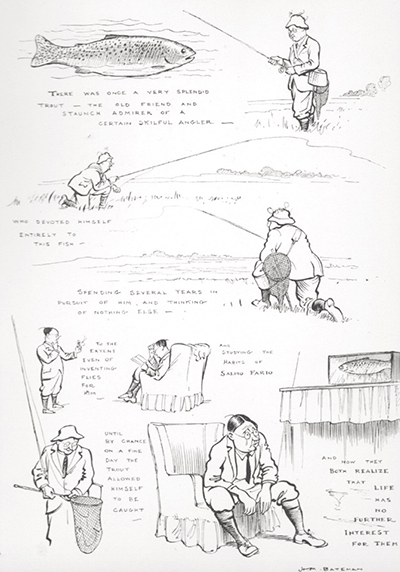
Figure 2. A Vital Mistake. From H. M. Bateman, A Mixture (London: Methuen & Co., Ltd., 1924). ©H. M. Bateman Designs, www.hmbateman.com.
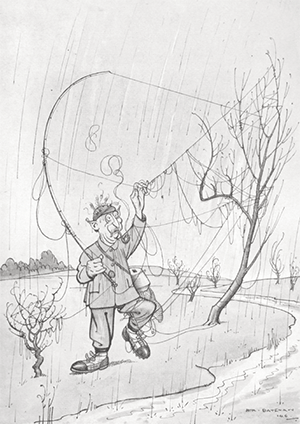
Figure 3. Fishing. From H. M. Bateman, More Drawings (London: Methuen & Co., Ltd., 1922). ©H. M. Bateman Designs, www.hmbateman.com.
One of Bateman’s favorite characters, whom he portrayed over and over again, was “The Colonel.” After the Great War, England was populated by many men who had served their country admirably, and the retired officers were often prominent members of society, respected for their military accomplishments. But they were also considered by many, including Bateman, to have risen somewhat higher on the social scale than perhaps was warranted. In his social satire, Bateman frequently depicted the colonel as a bit of a buffoon, engaging in activities beyond his ken simply because of his new social station. One such activity was fly fishing, and Bateman seemed to enjoy depicting his protagonist in some particularly awkward moment on the stream (Figures 4 and 5). In 1960, near the end of his career, Bateman wrote and illustrated a small book titled The Evening Rise: Fifty Years of Fly Fishing, in which he recounts many of his fishing experiences. It is clear that fishing trips inspired him with an atmosphere conducive to creating cartoons, and in the book he states, “At one period, many of my best known and most successful drawings were done, or commenced for future consideration and finish, in hotel bedrooms or riverside [fishing] lodges.”9 As a keen observer of others, the human insights he discovered enlightened his drawings.
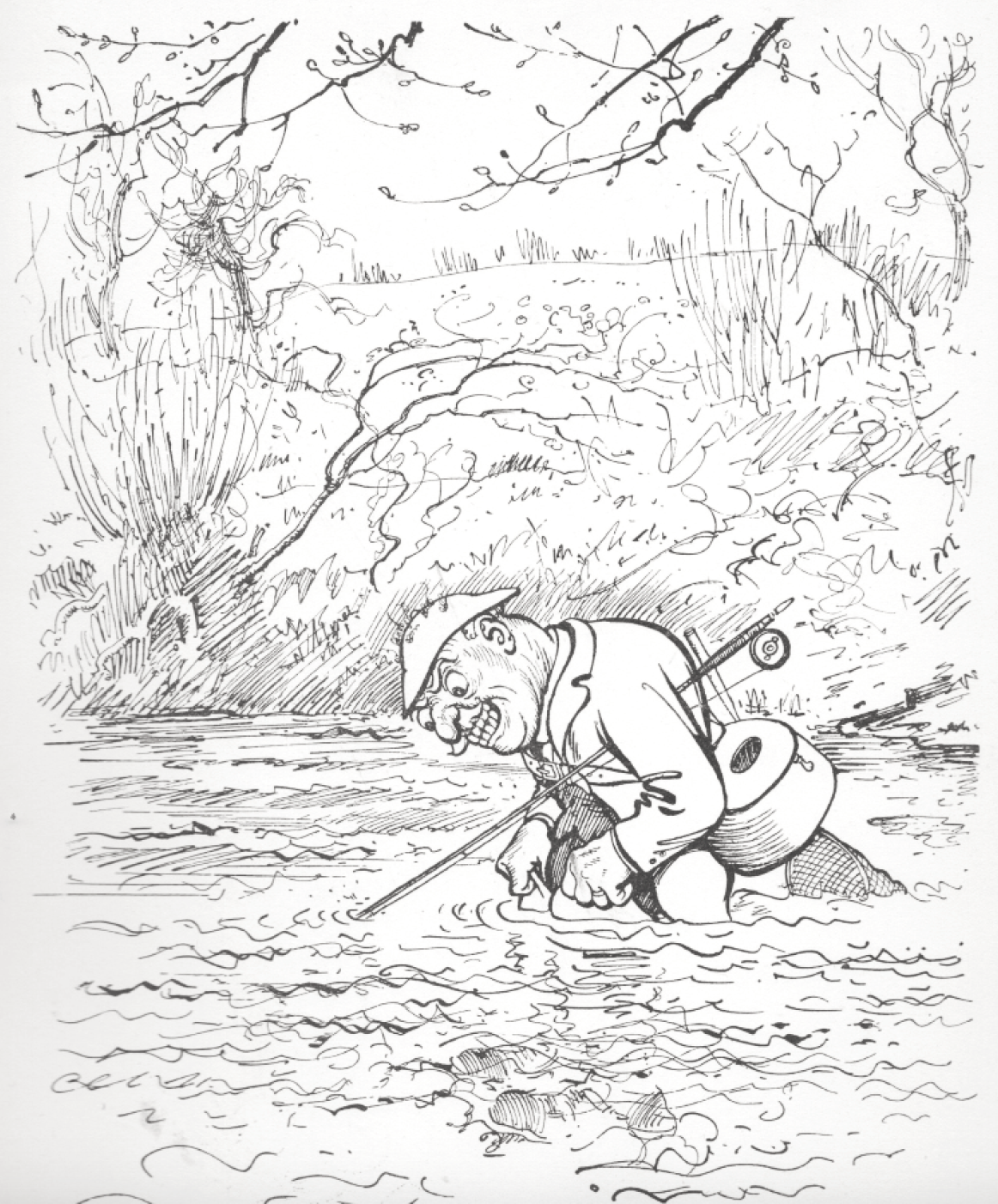
Figure 4. The Colonel Fills His Waders. From H. M. Bateman, Colonels (London: Methuen & Co., Ltd., 1925). ©H. M. Bateman Designs, www.hmbateman.com.
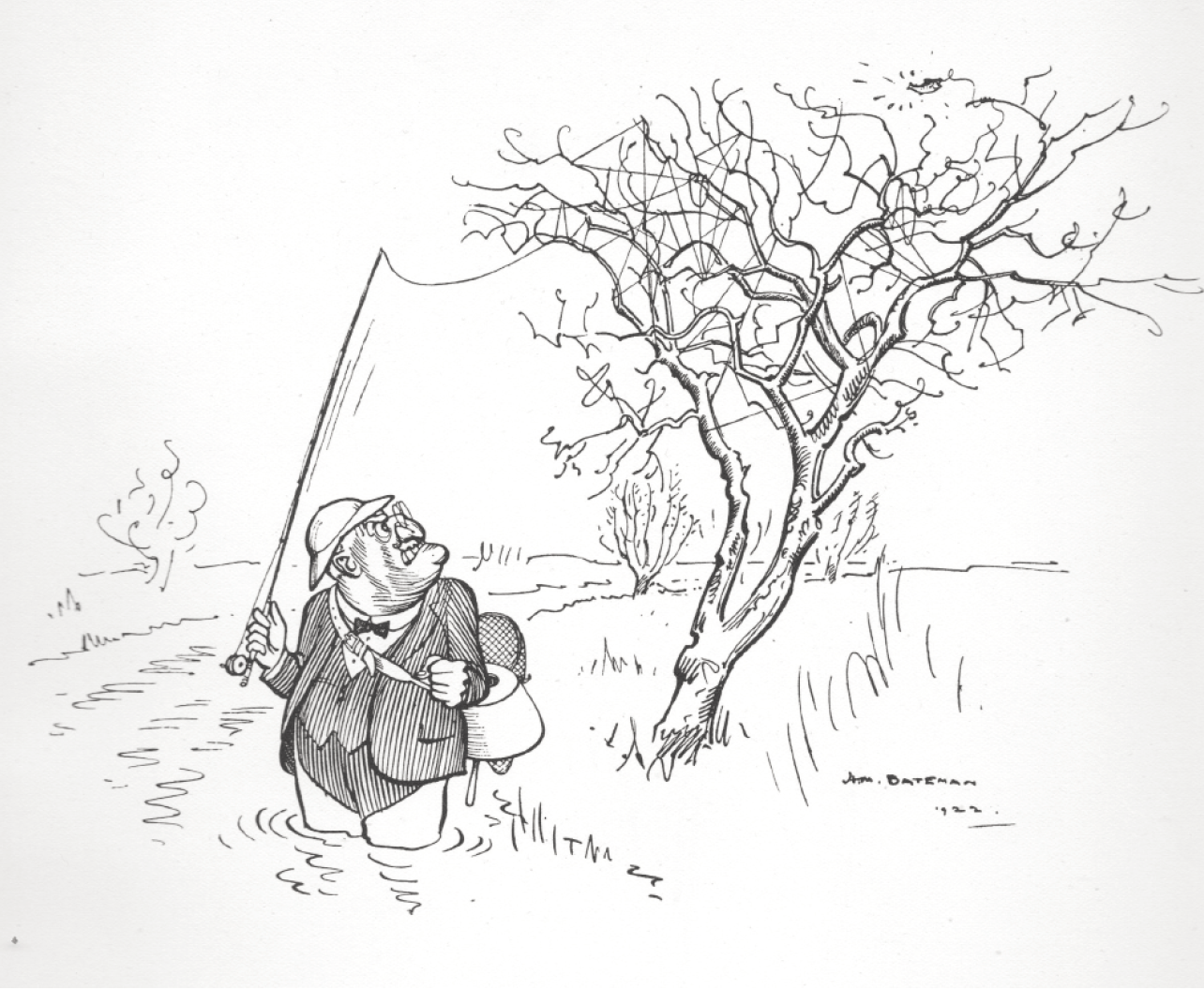
Figure 5. The Colonel Strikes. From H. M. Bateman, Colonels (London: Methuen & Co., Ltd., 1925). ©H. M. Bateman Designs, www.hmbateman.com.
He tells the story of the absentminded professor who had wandered far away from camp on his fishing beat when, in the midst of a mighty cast, the fly became securely embedded in the back of his coat. No matter how much he wrestled, he could not free the fly and disentangle himself. He therefore walked the 2miles back to camp to seek assistance, only to be told that he simply could have taken off the coat “on the spot and freed it then and there.”10
He acknowledges that “fly fishing can be very irritating at times. What is more inductive to a burst of rage than the fly held up on a branch, probably only just out of reach, when you are on the likely spot” (Figure 6).11 Bateman understood frustration:
Most of us have done some climbing, about and above the stream, at some time or another, to save breaking a cast. If we are in waders, it isn’t always so easy—they are not so helpful as a pair of climbing irons. There was one fellow with a big determined chin who was to be frequently seen, in his waders, well up into the middle of the thorn-bushes, which happened to be plentiful on his beat, one hand clawing for the fly one bare inch out of his reach, and using expletives to match the situation.12
Despite his frustrations at times, his love for the sport endured and grew throughout his life. He also clearly enjoyed sharing this love with others. This became manifest in his collaborations with authors whose texts he frequently illustrated. Of particular note is a delightful introduction to fly fishing, published in 1934, titled Fly-Fishing (A Practical Book) for Duffers,13 the cover of which noted “By one of them: R. D. Peck” and “Illustrated by another: H. M. Bateman” (Figure 7).
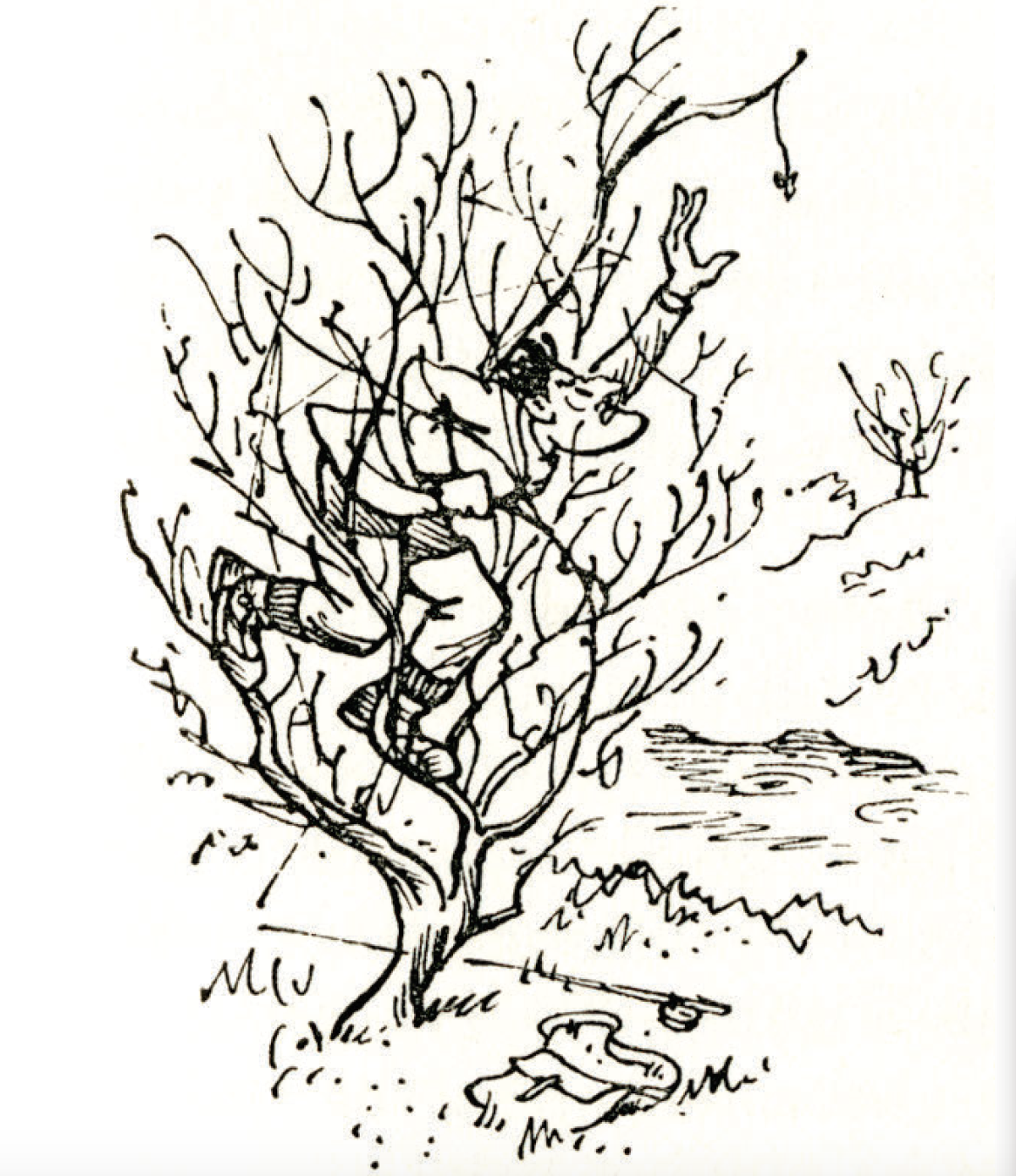
Figure 6. One Hand Clawing for the Fly. From H. M. Bateman, The Evening Rise: Fifty Years of Fly Fishing (London: Gerald Duckworth & Co. Ltd., 1960). ©H. M. Bateman Designs, www.hmbateman.com.
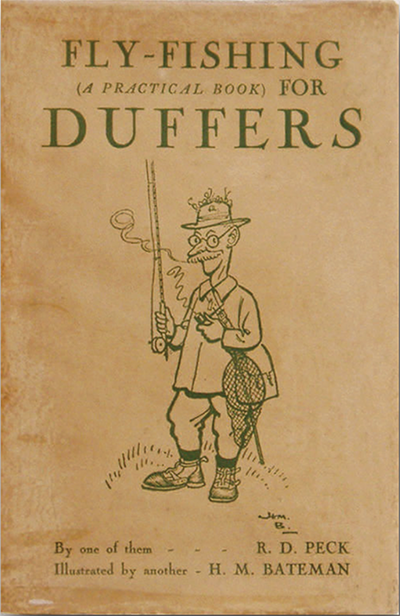
Figure 7. Cover of the 1944 reprint of R. D. Peck’s Fly-Fishing (A Practical Book) for Duffers (London: Adam & Charles Black, 1934).
Like many of us, Bateman was a fishing snob. He enjoyed both trout and salmon fishing, using dry flies and wet, and fishing in “smooth, clear, quiet flowing . . . chalk streams” as well as “the quick-running, livelier rivers, in rougher, less cultivated districts.”14 Figure 8, however, shows that he had little regard for the bait fisherman. Throughout his life, fly fishing was important to Bateman as an inspiration for his cartoons but also as a source of serenity and personal satisfaction. At the close of his book The Evening Rise, he depicts himself as an old man walking in the rain on his way to a favorite fishing spot (Figure 9), and he concludes the book with this passage:
The day wanes—the shadows lengthen. It looks like being a lovely evening. Only the faintest of breezes is stirring, and that too will soon die down. In half an hour the sun will be setting behind the hill, the light fading, and a wonderful stillness will ensue, when the only sound to be heard in the valley will be that of running waters, which is a sweet music all of its own. A perfect evening for fishing, and I am going out. Hand me the rod, start up the old helicopter and put me down beside the river, perchance to catch a trout—and maybe two—during that most magical hour, beloved of all true fly-fishers—the evening rise.15
Clearly, Henry M. Bateman captured the spirit of our sport, and through his words and artistic skills, he shared that spirit with the world.
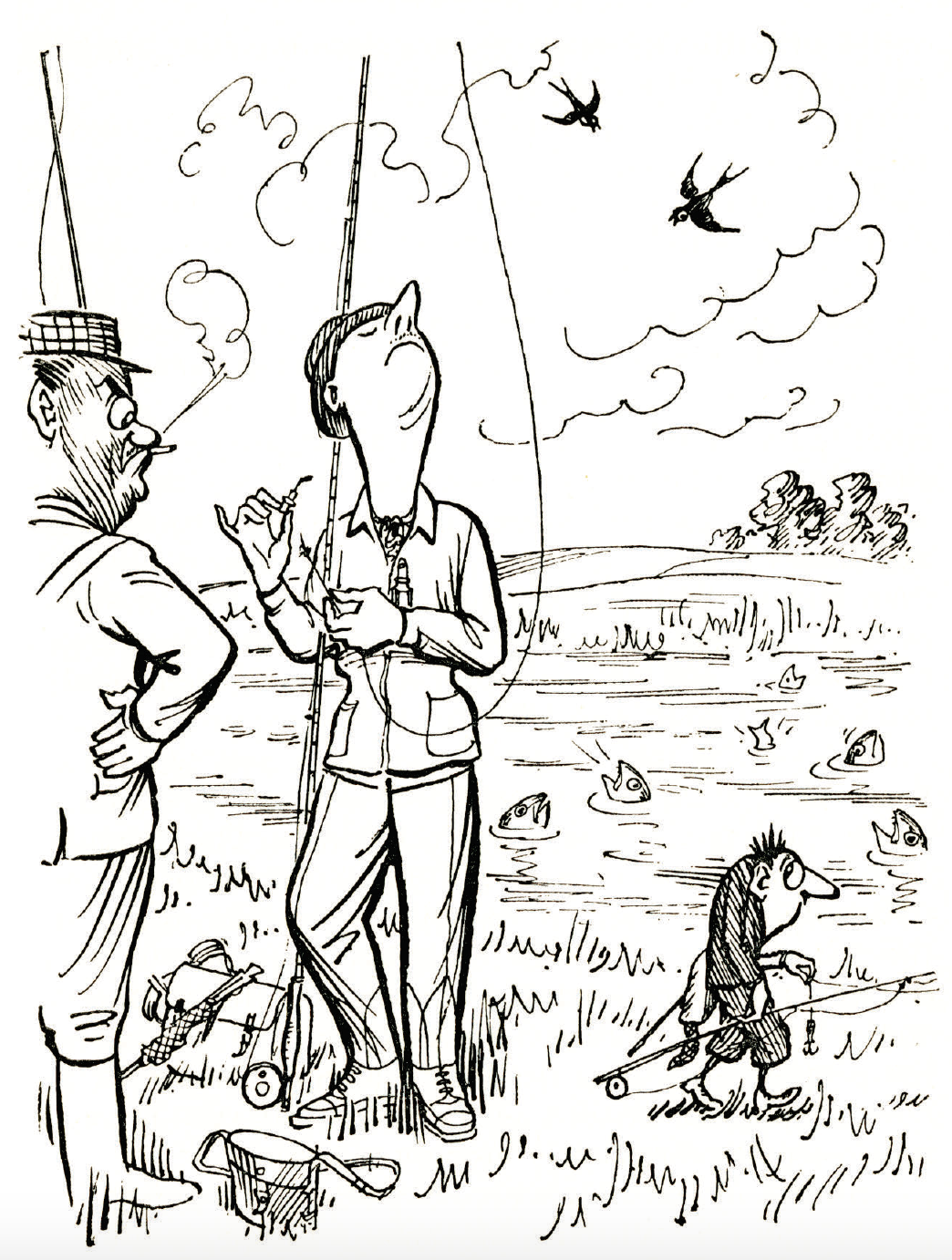
Figure 8. The Man Who Mentioned a Minnow on the Test. From H. M. Bateman, The Evening Rise: Fifty Years of Fly Fishing (London: Gerald Duckworth & Co. Ltd., 1960), 17. ©H. M. Bateman Designs, www.hmbateman.com.
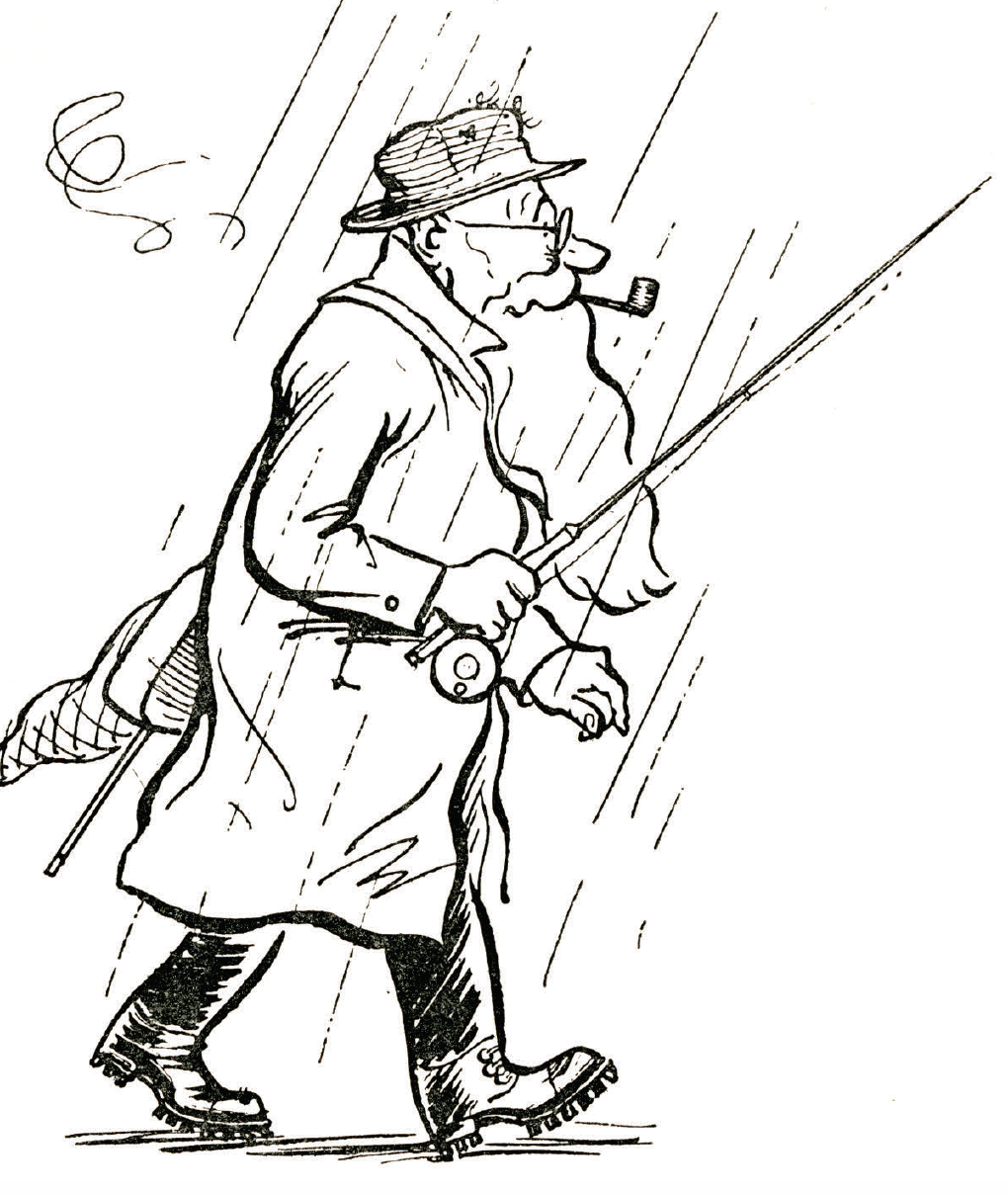
Figure 9. The Evening Rise. From H. M. Bateman, The Evening Rise: Fifty Years of Fly Fishing (London: Gerald Duckworth & Co. Ltd., 1960), 36. ©H. M. Bateman Designs, www.hmbateman.com.
Endnotes:
- Philip V. Allingham, “Punch, or the London Charivari (1841-1992)—A British Institution,” The Victorian Web: Literature, History, & Culture in the Age of Victoria, www.victorianweb.org/periodicals/punch/pva44.html (accessed 5 August 2012).
- Anthony Anderson, The Man Who Was H. M. Bateman (Exeter: Webb & Bower Publishers Ltd., 1982). 9.
- Ibid., 10.
- H. M. Bateman, H. M. Bateman by Himself (London: Collins Clear Type Press, 1937), 25.
- Ibid., 26.
- Anderson, The Man Who Was H. M. Bateman, 14.
- Bateman, H. M. Bateman by Himself, 38.
- Ibid., 98.
- H. M. Bateman, The Evening Rise: Fifty Years of Fly Fishing (London: Gerald Duckworth & Co. Ltd., 1960), 18.
- Ibid., 21-22.
- Ibid., 22.
- Ibid., 23.
- R. D. Peck, Fly-Fishing (A Practical Guide) for Duffers (London: Adam & Charles Black, 1934).
- Bateman, The Evening Rise, 15-16.
- Ibid., 136.
This article first appeared in the Spring 2013 (Vol. 39, No. 2) issue of the American Fly Fisher.

